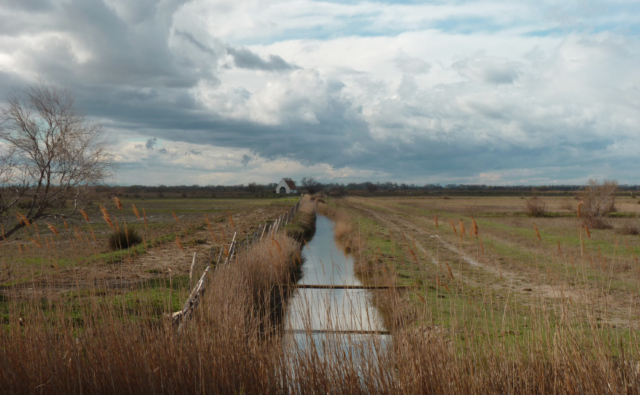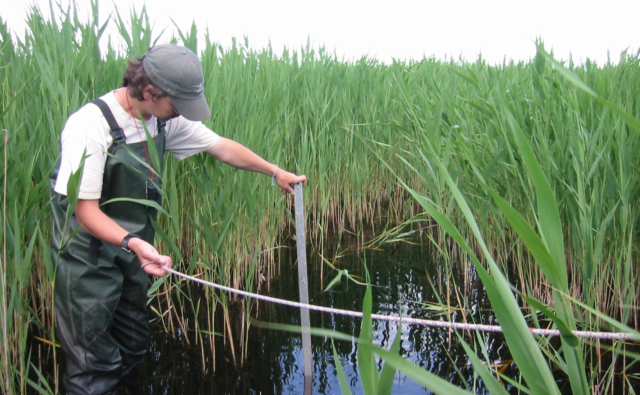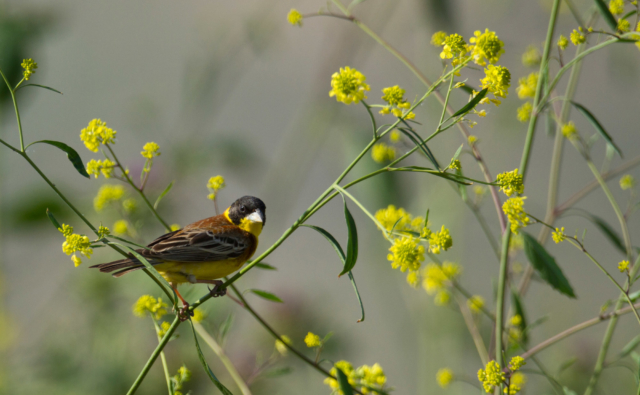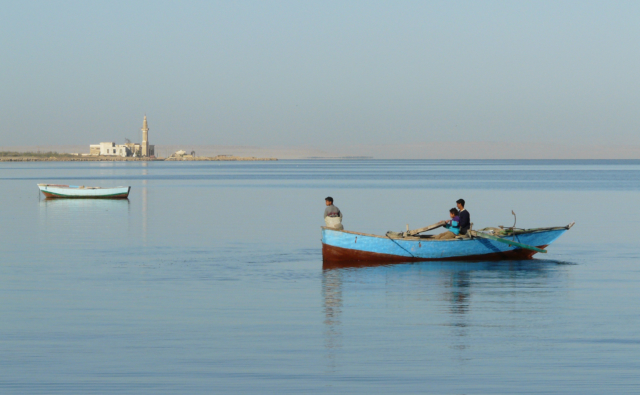Tobias Salathé is Senior Advisor for Europe at the Ramsar Convention Secretariat and member of the Tour du Valat’s Board of Directors; he answers the Tour du Valat’s questions about the SWOS project (learn more).
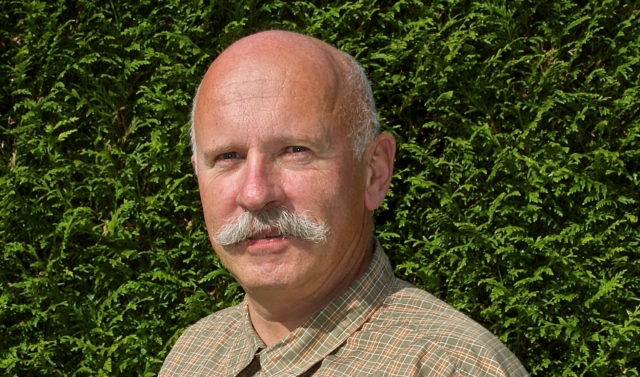
The current global decline in natural habitats and their biodiversity is now well- documented, particularly in relation to wetlands. What added-value can the SWOS project provide in the attempt to halt or even reverse this trend?
In the upcoming years, our efforts in terms of environmental policies will focus on the Sustainable Development Goals (SDGs). Among them, Goal 6.6 stipulates that by the year 2020 water-related ecosystems must be protected and restored, including mountains, forests, wetlands, rivers, aquifers, and lakes. The progress required to reach this target will be measured with an indicator (6.6.1), which will illustrate trends in the extent of water-related ecosystems over time. The countries are invited to measure individually the extent of their interior, coastal marine, and artificial wetlands as defined by the Ramsar Convention. While the SWOS project will provide a tool for measuring these trends, it will especially provide added-value to those who commit to conducting regular monitoring transparently and objectively, which is a precondition for halting and reversing the negative trend.
Earth observation (EO) tools for monitoring wetlands have developed spectacularly since their invention in the 1970s. Do you think they will continue to be developed in the upcoming decades? If yes, in what direction? In your opinion, what are the new challenges they must first meet to better monitor the status and trends of wetlands?
They will undoubtedly continue to be developed, giving us access to more frequently obtained, detailed, and precise data on the extent of the different ecosystems and what they actually are (flooding, aquifers, peat deposits). The challenges that lie ahead have already been identified: we must combine EO tools with scientific, social, and economic information about the earth, in order to convince decision makers to adopt the appropriate integrated solutions.
Within the SWOS project, the phases linked to training and transferring knowledge to decision-makers and wetland managers are crucial, particularly what will be done via the geo-portal. Has this type of approach become indispensable for actually improving the protection and management of wetland sites in both southern and northern countries?
Our greatest challenge, in the North as well as the South, remains the transfer of knowledge and know-how. It cannot be done unilaterally or passively. There must be a mutual engagement, and we must work together to change our conceptions, attitudes, and behaviour. That will remain a major challenge after the SWOS project. I hope that such a programme of action can already be prepared during the current project, for which the Tour du Valat will be able to play a crucial role as a catalyst.
